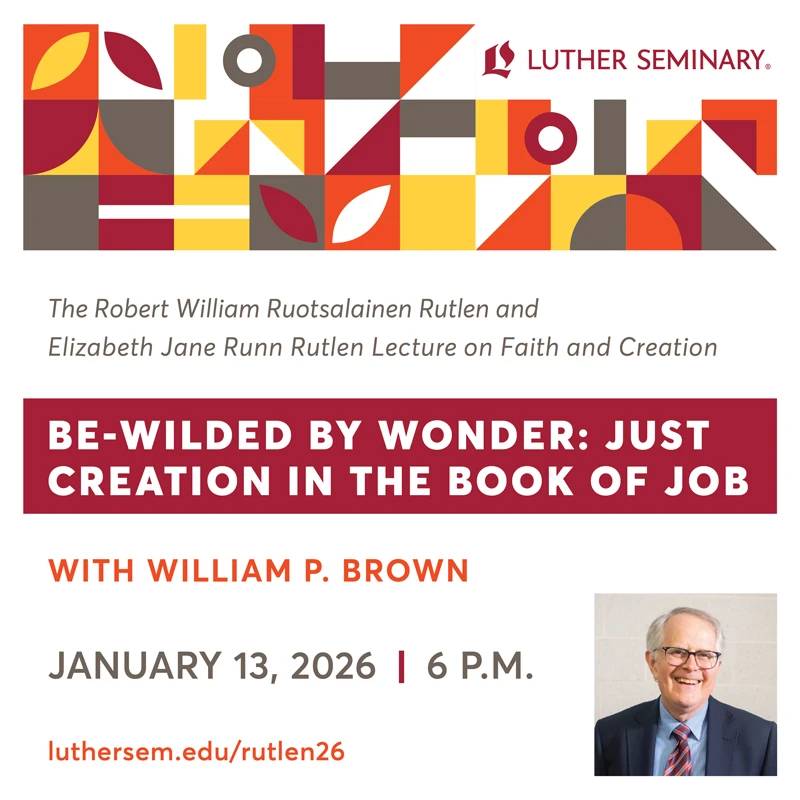SUMMARY
This genealogyGenealogy involves the study and tracing of families through the generations—in short, family history. One genealogy in Genesis traces the nations descended from Noah. In the New Testament Matthew traces the ancestry of Jesus back to Abraham, while Jesus' genealogy in the Gospel of Luke... More comprises the “sons of DavidSecond king of Israel, David united the northern and southern kingdoms. More who were born to him in Hebron” (3:1), as well as the “descendants of SolomonThird king of Israel who was known for wisdom and building the first Temple. More” (3:10).
ANALYSIS
While this genealogy may seem like a simple list of names, its contents actually establish a literary pattern known as “narrative bookending.” This method introduces linguistic or thematic material at the outset of a book that will re-emerge at the end—a favorite literary schema of the biblical authors.
The first instance of bookended content in this genealogy offers information that will be repeated at the very end of 1 Chronicles. Here, the Chronicler notes of David that “six were born to him in Hebron, where he reigned for seven years and six months. And he reigned thirty-three years in Jerusalem” (1 Chronicles 3:4). The end of the book reminds readers that David “reigned seven years in Hebron, and thirty-three years in Jerusalem” (1 Chronicles 29:27). Granted, since 1 and 2 Chronicles were composed as a single unit and split into two books by a later editor, this example of narrative bookending is the clever work of the editor. Still, the sentence in 1 Chronicles 3:4 likely resounded for the editor and therefore constituted an appropriate place to end the narrative of 1 Chronicles.
The names in Solomon’s descendant list (3:10-24) anticipate the end of 2 Chronicles. The Chronicler mentions the “sons of JosiahJudean king noted for his reforms of Israel's worship in the time of Jeremiah. More: Johanan the firstborn, the second JehoiakimOne of the last kings of Judah. Jehoiakim was the son of Josiah. More, the third Zedekiah, the fourth Shallum. The descendants of Jehoiakim: Jeconiah his son, Zedekiah his son” (1 Chronicles 3:15-16). These names will reappear in the final chapter of 2 Chronicles when both Jehoiakim and Zedekiah are besieged by the Babylonians: “Jehoiakim was twenty-five years old when he began to reign; he reigned eleven years in Jerusalem. He did what was evil in the sight of the Lord his God. Against him King NebuchadnezzarBabylonian king who conquered Jerusalem, destroyed the Temple, and exiled the people. More of Babylon came up and bound him with fetters to take him to Babylon…. Zedekiah was twenty-one years old when he began to reign; he reigned eleven years in Jerusalem. He did what was evil in the sight of the Lord his God. He did not humble himself before the prophet JeremiahProphet who condemned Judah's infidelity to God, warned of Babylonian conquest, and promised a new covenant. More who spoke from the mouth of the Lord. He also rebelled against King Nebuchadnezzar” (2 Chronicles 36:5-7, 11-13a).
In the genealogy of 1 Chronicles 3, the contrast between “David” and “Solomon” and their exiled royal descendants underscores the downward trajectory of the monarchy (notwithstanding the faithful kings within that ultimate monarchical downturn) that the Chronicler will unfold in the pages that follow.
New Testament writers will inherit the method of “narrative bookending” from the Old Testament authors and utilize it to somewhat more upbeat ends than does the Chronicler. For instance, the Gospel of LukeThe "beloved physician" and companion of Paul. More begins with Zechariah “serving as priestA priest is a person who has the authority to perform religious rites. In New Testament times priests were responsible for daily offerings and sacrifices in the temple. More” in the Jerusalem templeThe Jerusalem temple, unlike the tabernacle, was a permanent structure, although (like the tabernacle) it was a place of worship and religious activity. On one occasion Jesus felt such activity was unacceptable and, as reported in all four Gospels, drove from the temple those engaged... More (Luke 1:8), the infant JesusJesus is the Messiah whose life, death, and resurrection are God's saving act for humanity. More being presented in the temple (2:22-38), and a twelve-year-old Jesus being found teaching “in the temple” after three days (2:46). After this initial focus on the temple, the evangelist ends the third Gospel with Jesus’s disciples “continually in the temple blessingBlessing is the asking for or the giving of God's favor. Isaac was tricked into blessing Jacob instead of his firstborn Esau. At the Last Supper Jesus offered a blessing over bread and wine. To be blessed is to be favored by God. More God” (24:53).

